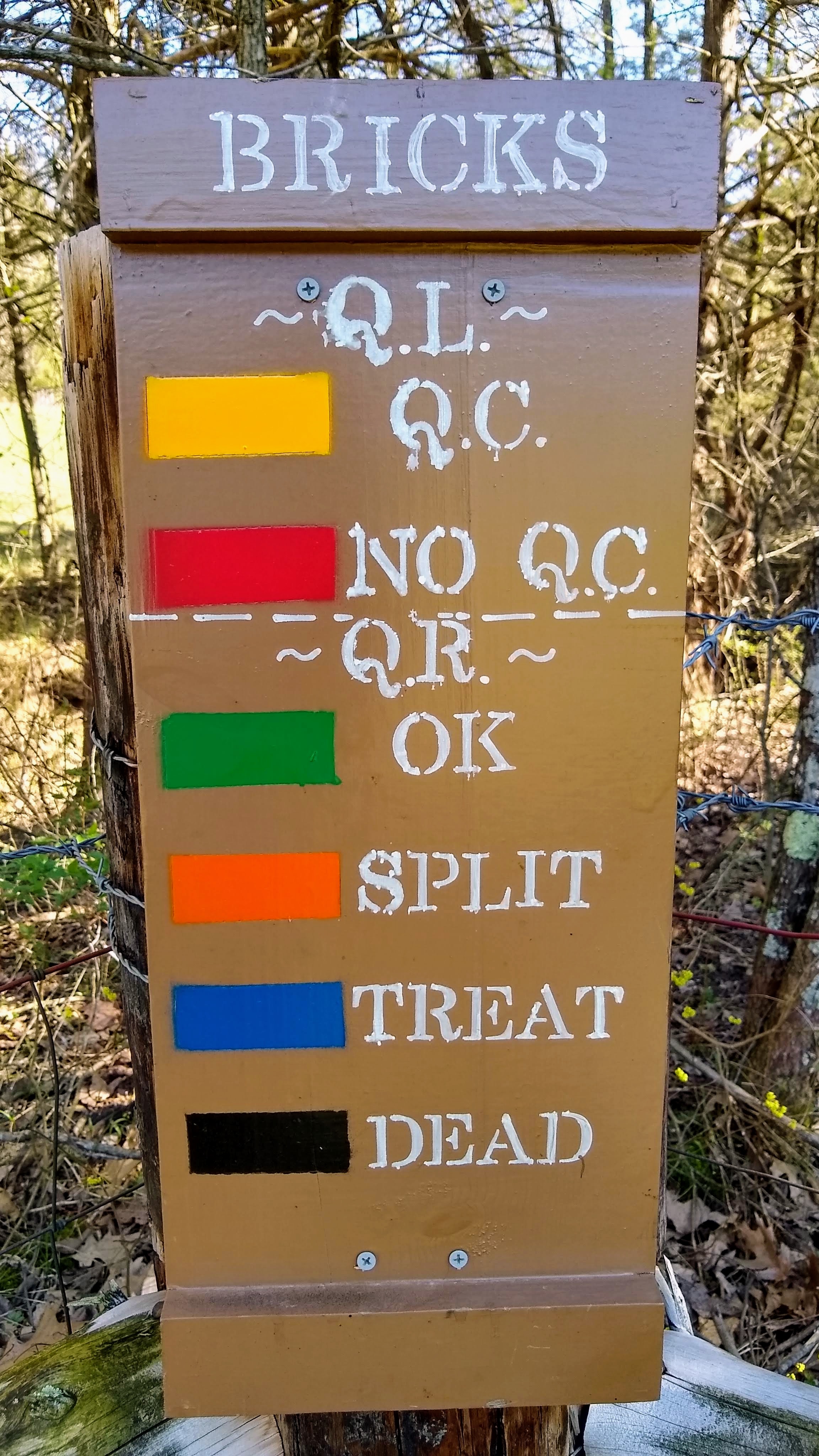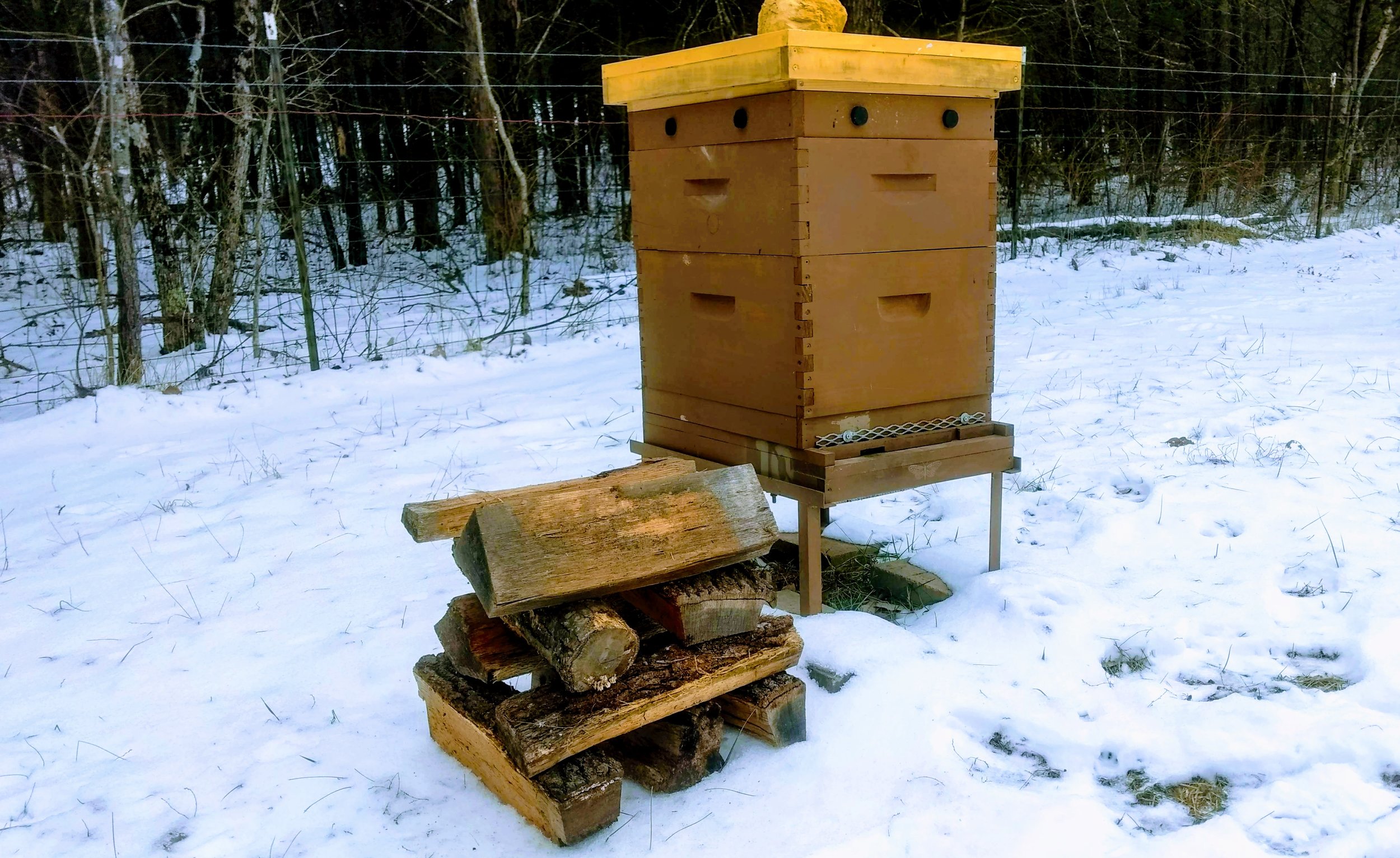It’s the middle of June and the nectar flow is going strong here in the American Midwest. But it’s about to come to a screeching halt. My bloom log (seen below) shows a big gap in the flowers available to bees between mid-June and late-August. Some of the flowers blooming now do help to bridge that gap, notably yellow sweet clover and cosmos; but as far as I know, there won’t be any major new nectar sources coming online until goldenrod and yellow ironweed start to bloom in large numbers in the early fall.
My ever-changing log of flower bloom dates near my bee yard
What does this mean to beekeepers? First, we need to be monitoring for the end of the nectar flow so we can start pulling honey supers for extraction. I do this by using a hive scale and watching for the weight of the hive to plateau or even start to fall. I don’t like to leave the supers on too long after that, because the large colonies will start to consume that honey before I can get to it. Once I pull supers, I’ll start feeding sugar syrup that includes a microbial supplement that helps ensure the bees have healthy digestive systems going into winter. I’ll also start focusing on integrated pest management, closely monitoring and managing varroa mites in each hive so the queens can lay a healthy crop of winter bees in September.
Your flow times may vary depending on where you live and what types of flowers are available within a few miles of your bees. I’ve compiled the bloom times of some common bee-friendly plants here in the Midwest; you can use this for general guidance, but also consider keeping track of bloom dates you see within a few miles of your hives each year. Doing so will improve your ability to make educated decisions about feeding, supering, and extracting. More importantly, in my opinion, it will make you hyper aware of your environment, more appreciative of your local flora, and may even provide first-hand insight into fluctuations and changes of your micro-climate from year-to-year.









